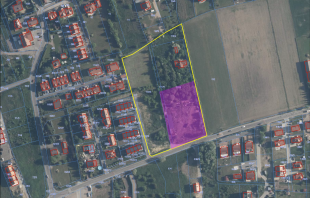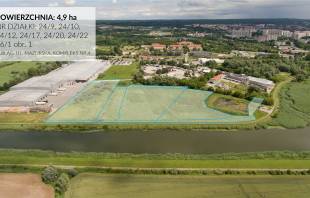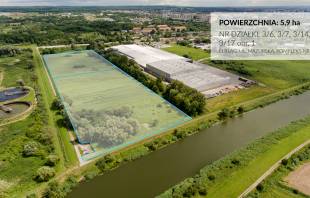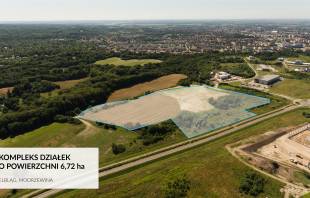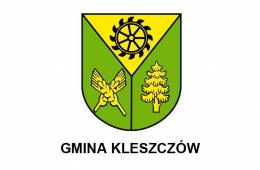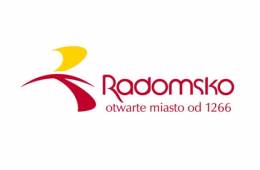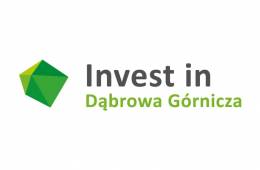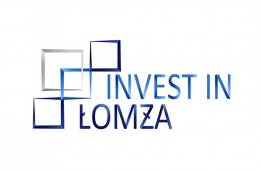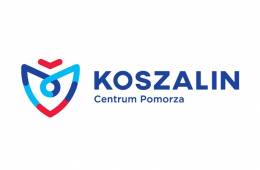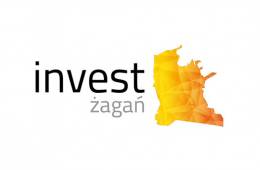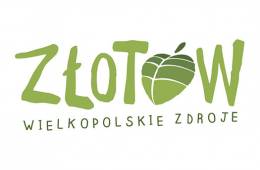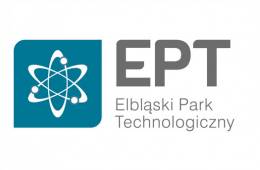Colliers International summarizes the activity on the Polish industrial market in the third quarter of 2013.
GENERAL OVERVIEW
• At the end of Q3 2013, the total supply of modern industrial space reached nearly 7.7 million m2, which represents an increase of over 144,000 m2 compared to the end of June. This figure is two times bigger than the increase in supply observed in Q2, when approximately 70,000 m2 were delivered to the market.
• Transaction volume in past three months was slightly lower than in Q2 and totalled approximately 446,000 m2. The majority of demand was made up of new deals (63%), while renegotiations represented 37% of tenants’ activity.
• The vacancy rate decreased slightly in the period July - September 2013 and reached 10.2% (compared to 10.5% at the end of June).
• Rents in both Warsaw and regional industrial markets remained unchanged from the previous quarter.
SUPPLY
• Warsaw – in the Q3, 35,000 m2 were delivered to the industrial market, the majority of which (27,000 m2) was supplied to zone II, while the rest went to zone I. As a result, the total supply of modern industrial space reached approximately
2.69 million m2 at the beginning of October 2013. Currently, there are 35,000 m2 under construction, of which 44% has been leased already.
• Central Poland – the past three months have not brought about any substantial changes in the supply of industrial space. An increase in supply is expected in 2014 when the completion of two projects by Panattoni with an area totalling 61,000 m2 is expected.
• Poznań – the supply of industrial space has remained at the unchanged level of 901,000 m2. At the end of September 2013, the space under construction totalled 69,500 m2.
• Upper Silesia – at the end of Q3 this second biggest industrial market in Poland totalled 1.48 million m2, which represents an increase of 28,800 m2 compared to the previous quarter.
• Kraków – the total supply of modern industrial space totalled 158,600 m2, which represents an increase of 9,134 m2 in comparison to the previous quarter. Currently, there are no industrial projects under construction in Kraków market.
• Wrocław – in the past three months as many as 42,600 m² were delivered to the market and presently Wrocław offers 819,200 m² of the modern industrial space. Additionally, there are 41,960 m2 under construction.
• Gdańsk – 6,600 m² of modern industrial space were delivered to the market in the past quarter. Space under construction totals 24,600 m2 (within SEGRO Logistic Park), which has been completely leased already by one tenant.
• Toruń / Bydgoszcz – the supply of the modern industrial space remained unchanged in the first half of 2013, while the last quarter saw an increase of
14,000 m² as a result of the modernisation of an existing building in Bydgoszcz. Currently, there are no projects under construction in this market.
• Szczecin – the supply of modern industrial space has remained stable in this smallest of the markets analysed compared to the previous quarter and totalled 48,700 m². The stock will probably increase by 13,000 m2 next year, when the completion of the next stage of North-West Logistic Park is forecast.
DEMAND
• Warsaw – in Q3 2013, the three Warsaw zones remained the most active market in terms of demand. 51 leasing deals were signed concerning 112,800 m² in total. The greatest transaction volume was observed in zone II (30 transactions for 91,000 m²), while the least: in zone III (slightly less than 3,000 m²). 63% of the signed contracts were new deals, whereas renewals represented 37% of demand.
• Central Poland – since the beginning of July 2013, approximately 79,000 m² have been leased, which represents nearly 18% of the transaction volume in Poland. The majority of the leasing agreements were new deals (77%), whereas renegotiations represented 23%.
• Poznań – 48,500 m² of modern industrial space was leased in this market in the past quarter. Renegotiations were definitely the prevalent type of deal in the analysed period, as they constituted 73% of demand.
• Upper Silesia – this market was characterised by the second greatest transaction volume (right after Warsaw) among Polish industrial markets in the period July -September 2013. 102,900 m² were leased within 21 signed deals, which represents 23% of the transaction volume registered in Poland. In comparison, the demand in the first half of the year equalled 145,000 m². In Q3, 59% of take-up was represented by new deals, while the remaining 41%: by renegotiations.
• Kraków – in the analysed period, two leasing agreements were signed for
5,000 m², which represented 1% of demand observed in Poland.
• Wrocław – in Q3, the demand for modern industrial space reached 41,300 m², which were leased within 9 transactions. 55% of this area was leased within new deals, while renewals represented 45% of demand.
• Gdańsk – the demand in this market totalled 32,300 m2. 76% of this take-up is represented by a deal for 24,600 m2 built in the BTS formula.
• Toruń / Bydgoszcz – in Q3, there was no tenant activity registered in this market.
• Szczecin – similarly to the Toruń and Bydgoszcz market, in past three months there were no transactions regarding industrial space concluded in Szczecin.
VACANCY
• In Q3, the vacancy rate for industrial space decreased slightly compared to the end of June 2013, and stood at 10.2%.
• Warsaw – the past quarter has brought about a slight decrease in the vacancy rate compared to Q2 (14.2% in comparison to 15.7% at the end of June). As for the Warsaw zones, the index stood at: 18.8% (zone I), 14.6% (zone II) and 6.8% (zone III). The most significant change in the vacancy rate was registered in zone II, where the rate decreased by nearly 3 p.p..
• Regional markets – the markets with the lowest vacancy rate were Poznań (3.6%), Wrocław (3.7%) and Gdańsk (4.4%). At the same time, the highest vacancy rate was observed in Central Poland (15.4%) and Toruń and Bydgoszcz market (25.7%).
RENTAL RATES
• The rental rates in both Warsaw and regional industrial markets remained similar to those registered in the previous quarter.
PROGNOSIS
“Presently, there are over 358,000 m² under construction in the Polish industrial market, of which 83% have been leased already. As a result, we can expect a gradual decrease in the vacancy rate, that can bring about a slight upward trend in terms of rents in selected markets. Some developers consider launching speculative projects in selected markets characterised by low vacancy rate, such as Wrocław and Poznań.” – comments Maciej Chmielewski, Director at Industrial and Logistics Agency of Colliers International























